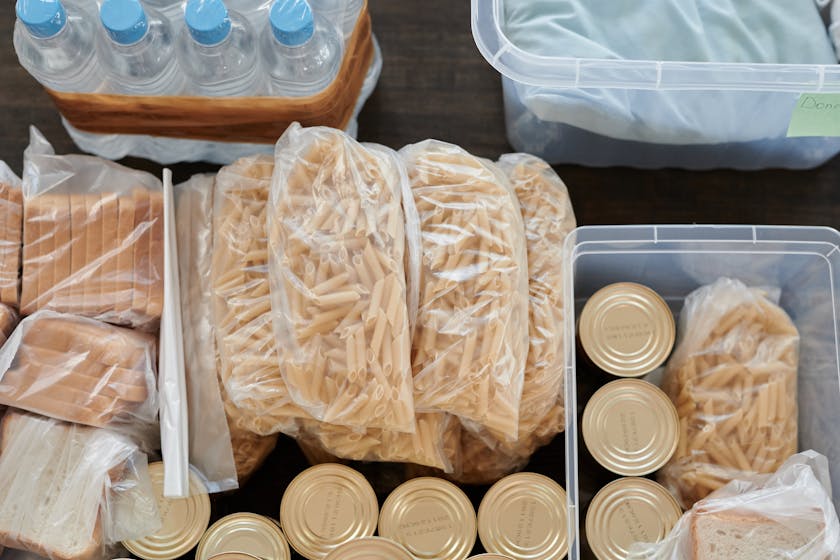When considering emergency preparedness, bulk meal storage is a critical component of ensuring your family’s well-being. This guide will provide you with essential tips for once-a-month cooking and how to store these meals safely and efficiently.
The Importance of Bulk Meal Storage in Emergency Preparedness
Understanding your needs: Before diving into the world of bulk meal preparation, it’s crucial to assess the dietary requirements and preferences of your household. This will help you plan meals that are both nutritious and satisfying during an emergency.
Selecting the right recipes: Opt for dishes that freeze well and require minimal fresh ingredients. Casseroles, stews, and hearty soups are excellent choices for once-a-month cooking. These can be portioned out and stored for extended periods.
Choosing Suitable Containers for Long-Term Storage
Invest in high-quality, airtight containers that are both freezer and microwave safe. Label each container with the date of preparation and the type of meal to avoid any confusion during an emergency.
Vacuum sealing: For items that need to stay dry or those you intend to store for an extended period, consider using a vacuum sealer. This will significantly extend the shelf life of your meals by preventing freezer burn and preserving flavor.
Freezing Techniques for Preserving Meal Quality
Flash freezing individual portions before transferring them to larger containers can help maintain the quality and prevent the meals from sticking together. This technique is particularly useful for items like burgers or baked goods.
Organizing Your Freezer for Maximum Efficiency
First in, first out: Practice this method by placing newer meals behind older ones. This ensures that you use the oldest meals first, preventing waste and keeping your emergency food supply fresh.
Creating an inventory list: Keep a running list of the meals you have stored, including their quantities and expiration dates. This will help you rotate your stock and plan your next once-a-month cooking day efficiently.
Thawing and Reheating Your Stored Meals Safely
Thawing: It’s safest to thaw frozen meals in the refrigerator, especially for meat-based dishes. If you’re short on time, using the defrost setting on your microwave is an alternative, though be sure to cook the meal immediately afterward.
Reheating: Ensure that all meals are reheated to the proper temperature to kill any potential bacteria. Use a food thermometer to check that the internal temperature reaches at least 165°F (74°C).
Maintaining Food Safety During Power Outages
During an outage, keep your freezer and refrigerator doors closed as much as possible. A full freezer can maintain its temperature for about 48 hours (24 hours if it’s half full) if unopened.
Consider purchasing a generator or alternative power source to keep your freezer running during extended outages. This will protect your bulk meal investments and keep your family fed and safe.
By following these strategies for once-a-month cooking and bulk meal storage, you’ll be well-prepared to face any emergency with a well-stocked kitchen. Not only does this approach save time and money, but it also provides peace of mind that your family will have access to nutritious meals, no matter the circumstance.




